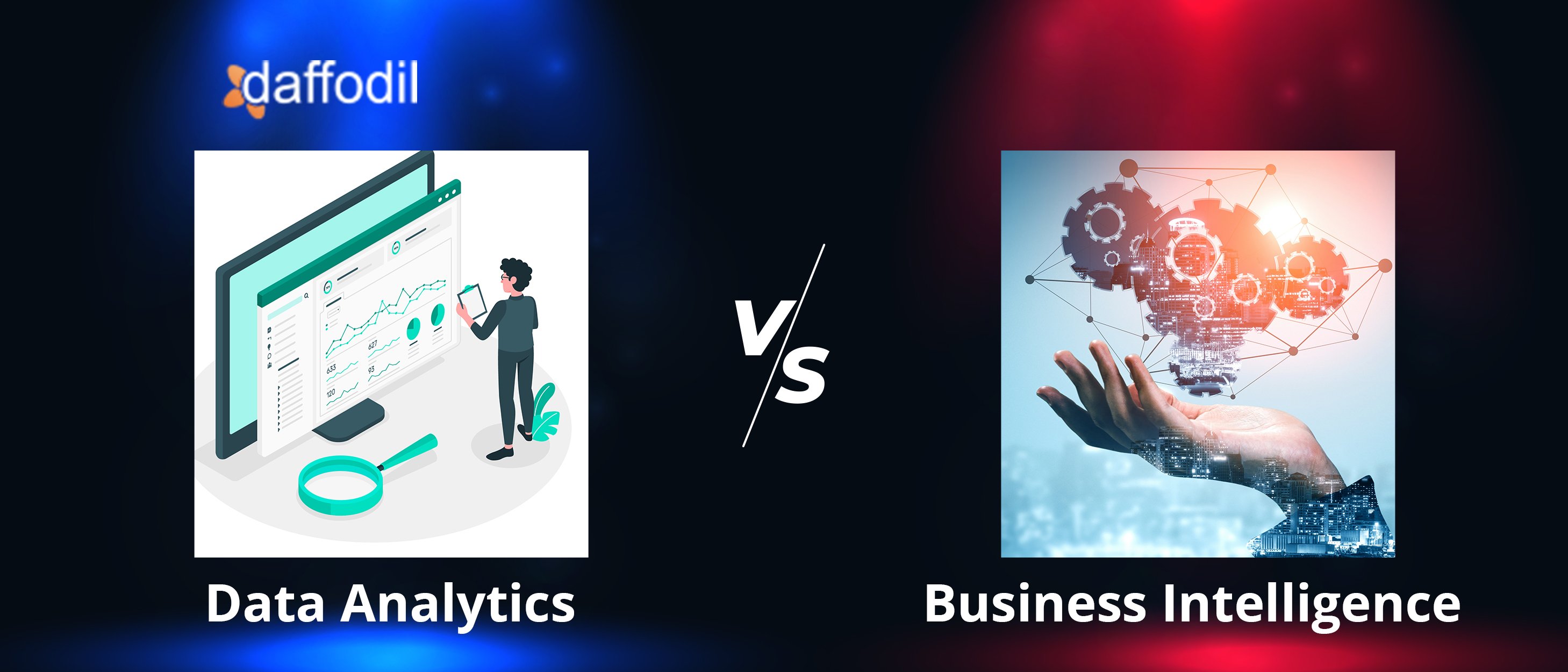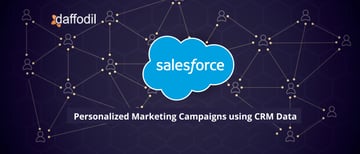
Big data adoption is increasing rapidly across organizations of all sizes. However, the method and distinction between obtaining Business Intelligence (BI) and employing Data Analytics (DA) to make actual business decisions with an impact are getting lost in translation. While both terms are used interchangeably, BI and DA are essentially distinct in many ways.
Some people draw a distinction between the two by claiming that, while DA employs data science approaches to predict what will or should occur in the future, BI looks backward at historical data to describe things that have transpired. Although that comes pretty near to explaining it, there is much more to it than that. We will explore what that distinction is ahead in this article. Read on to find out how to tell DA and BI apart.
Why Are Data Analytics And Business Intelligence Different?
There are differences between DA vs BI, although business intelligence is the more inclusive term that includes analytics. BI assists individuals in making decisions based on historical data, whereas data analytics is more focused on future predictions and trends.
Data analytics is the process of examining databases to find trends and insights that are then applied to decision-making within organizations. Business analytics is concerned with examining various forms of data in order to create useful, data-driven business choices and then putting those conclusions into practice. Insights from data analysis are frequently used in business analytics to pinpoint issues and come up with remedies.
With the rising popularity of software solutions that promote automation and business intelligence, it has become the accepted wisdom that having these tools will make or break your company. Most businesses make the mistake of trying to implement new technology too quickly throughout their entire business without a strategy in place for how they will really use the tools to address a specific problem.
How DA Can Be Defined
The process of gathering and studying unprocessed data in order to make inferences about it is known as data analytics. Every organization gathers enormous amounts of data, whether it is transactional data, market research including ethnographic research, or sales data. The true value of data analysis resides in its capacity to spot trends, hazards, or opportunities in a dataset by identifying patterns in the data.
Businesses can change their procedures based on these insights and use data analytics to make better decisions. Choosing what new items to advertise, creating plans to keep loyal clients, or assessing the efficacy of novel medical interventions are some examples of this. To expedite the analytical process, the majority of widely-used data analysis procedures have been automated.
Customer Success Story: Daffodil helps reduce data redundancy by 30% for a maritime logistics provider.
How BI Can Be Defined
BI is the process of iteratively examining an organization's data with an emphasis on using statistical analysis tools to uncover the knowledge that can support innovation and financial performance. Business analytics enables analytics-driven firms to get the most value from this wealth of insights.
They can treat big data as a valuable corporate asset that powers business planning and underpins long-term goals. Business analytics can be classified as either descriptive, predictive, or prescriptive. These are typically deployed in phases and, when combined, can address or resolve almost any issue that a business may have.
Techniques Used In DA
To expedite the analytical process, the majority of widely-used data analysis procedures have been automated. Data analysts may now quickly and efficiently sort through massive volumes of data using the following methods rather than spending days or weeks doing so, thanks to the wide adoption of strong analytics platforms:
- Data mining is the process of searching through big data sets to find patterns, trends, and connections.
- In order to assist firms to respond effectively to future outcomes like customer behavior and equipment problems, predictive analytics aggregates and analyses previous data.
- Machine learning teaches computers to process data more quickly than traditional analytical modeling by using statistical probability.
- Utilizes machine learning, predictive analytics, and data mining techniques to turn raw data into actionable business knowledge.
- Documents, emails, and other text-based content can be mined for patterns and moods using text mining.
Techniques Used In BI
BI techniques can be classified as either descriptive, predictive, or prescriptive. These are typically deployed in phases and, when combined, can address or resolve almost any issue that a business may have. They are described as follows:
- Descriptive analytics parses historical data to gain knowledge on how to make future plans. Executives and non-technical professionals can benefit from the insights produced by big data to improve business performance because self-service data access, discovery, and dashboard technologies are widely available.
- Predictive analytics is the subsequent stage on the road to insight to assist organizations in forecasting the possibility of future events, machine learning and statistical techniques are used. Predictive analytics can only indicate the most likely conclusion based on the past because it is probabilistic in nature and cannot actually foretell the future.
- Prescriptive analytics investigates potential courses of action based on the findings of descriptive and predictive analysis. This kind of analytics mixes business rules with mathematical models to offer many viable answers to various tradeoffs and scenarios in order to improve decision-making.
ALSO READ: What is Data democratization and why do you need it?
Distinguish Clearly Between DA vs BI For Success With Enterprise Data
Data are essential to both business intelligence and data analysis. Business intelligence focuses on historical information that can be used to inform future decisions. Algorithms are used in data analysis to examine data collections. Data analytics can be used to first sort, clean, and analyze data sets. Utilize business intelligence to employ the data once it has been examined based on reality and prior knowledge.
Making both a part of your business plan will enable you to make more informed choices and produce better outcomes. And to combine both of these analytics processes together requires you to hire the assistance of a Data Enrichment expert such as Daffodil Software. To understand what Daffodil can bring to the table towards this purpose to better your data manipulation strategies you can book a free consultation today.



